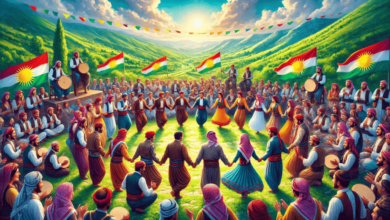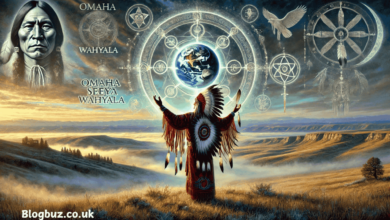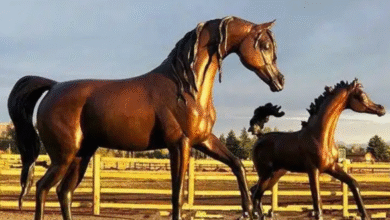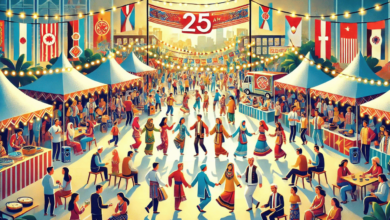Exploring the Cultural Depth of Huayqear Pegar Entre Varios Quechua: A Social and Linguistic Insight
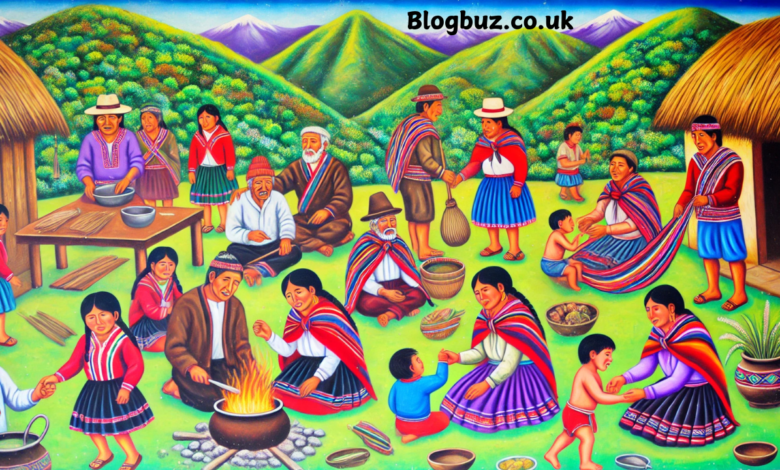
The Quechua language, spoken by the indigenous people of the Andes, carries both words and a profound cultural and social legacy. The phrase huayqear pegar entre varios Quechua provides a compelling glimpse into this community’s practices, values, and the influence of societal changes brought about by globalization. This piece explores in detail the importance of each term, exploring how they reflect the Quechua way of life and their resilience in the face of modern challenges.
The Essence of Huayqear
In Quechua, huayqear is a term that embodies the concept of nurturing or caring for one another within the community. This is not limited to immediate family members but extends to the community, emphasizing the interconnectedness of individuals within Quechua society. The practice of “huayqear” is evident in everyday life through the communal activities that are a cornerstone of Quechua culture.
Reciprocity and Community Support
Central to the idea of huayqear is the principle of reciprocity, known as “ayni.” This traditional practice involves mutual aid, where community members come together to help one another without expecting anything in return immediately. Such support could be in the form of labor exchange during harvesting, house-building, or communal cooking. This reciprocity ensures that all community members are supported and no one faces hardship alone.
Cultural Transmission and Mentorship
Elders are crucial in transmitting traditional knowledge and skills to younger generations. This mentorship covers various aspects of life, including agriculture, herbal medicine, and traditional crafts. By passing down this knowledge, elders ensure the continuation of cultural practices and sustainable living techniques, vital for the community’s survival.
Understanding Pegar
While pegar typically translates to “to stick” or “to bond,” in the Quechua context, it connotes the deep social bonds fundamental to Quechua society’s fabric. These bonds are fostered through various communal activities and are the glue that holds the community together.
Family and Community Bonds
Quechua society is characterized by strong family units where extended families often live together, sharing daily responsibilities and resources. These strong familial bonds are further reinforced through regular family gatherings and communal events, which are prevalent in Quechua culture.
Communal Events and Collective Projects
Quechua communities are known for their vibrant festivals and social gatherings, which include communal meals, agricultural fairs, and religious ceremonies. These events are social functions and vital platforms for reinforcing communal bonds and shared cultural identity. Additionally, collaborative projects such as building local infrastructure or organizing markets are undertaken collectively, strengthening community ties and fostering a shared sense of purpose.
Globalization: Challenges and Opportunities
Globalization has profoundly impacted Quechua communities, presenting significant challenges and unique opportunities. As these communities navigate a world where traditional practices intersect with global influences, they face the risk of cultural dilution and language loss.
Preservation of Language and Culture
Despite these challenges, Quechua communities have shown remarkable resilience. There is a growing movement towards revitalizing the Quechua language and reclaiming cultural practices. Educational programs incorporating Quechua into the curriculum are becoming more widespread, aiming to empower younger generations to maintain their linguistic heritage.
Tourism and Cultural Exchange
Simultaneously, many Quechua communities have turned to tourism to promote and sustain their traditions and economy. By inviting tourists to participate in their festivals and learn about their way of life, these communities can share their rich cultural heritage while benefiting economically.
Conclusion
The phrase huayqear pegar entre various Quechua encapsulates the essence of the Quechua community’s social structure and cultural identity. It highlights the importance of communal support, social bonding, and a changing global landscape’s challenges. As we look towards the future, the ongoing efforts of the Quechua people to preserve their language and culture are not just about maintaining traditions but are also acts of resistance against cultural homogenization. Through understanding and supporting these initiatives, there is an opportunity for cultural survival and meaningful exchange between different worlds.
FAQ: Huayqear Pegar Entre Varios Quechua
What does huayqear pegar entre varios Quechua mean?
The phrase combines concepts of nurturing and bonding within the Quechua communities. “Huayqear” reflects nurturing care and community support, while “pegar” relates to the bonds and connections formed within these communities.
Why is reciprocity important in Quechua culture?
Reciprocity, or “ayni,” is fundamental in Quechua culture because it promotes mutual support and ensures that community members aid each other in times of need, thereby maintaining balance and harmony within the society.
How are traditional practices transmitted in Quechua communities?
Elders are essential in transmitting traditional knowledge through mentorship, covering sustainable agricultural practices, herbal medicine, and crafts to ensure these practices continue through generations.
What impact does globalization have on Quechua communities?
Globalization presents both challenges and opportunities for Quechua communities. While it threatens traditional customs and language, it also offers avenues for cultural preservation and economic opportunities through tourism and cultural exchange.
How are Quechua communities adapting to changes brought about by globalization?
Many Quechua communities are actively working to revitalize their language and cultural practices through educational initiatives, community projects, and tourism. These initiatives help promote and preserve their heritage while adapting to global influences.
You May Also Read: Embracing Llaquichan: A Deep Dive into Andean Cultural Heritage
